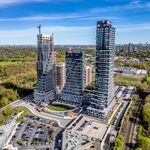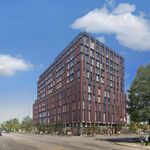CodeMonkey
Active Member
So, should Sheppard have been LRT from the start?
Only if they where going to plan a 5 station stop.
But truthfully if the line was suppose to be extend to Downsview & STC as its original terminus i would think the line would have had more than enough riders to justify a subway.




